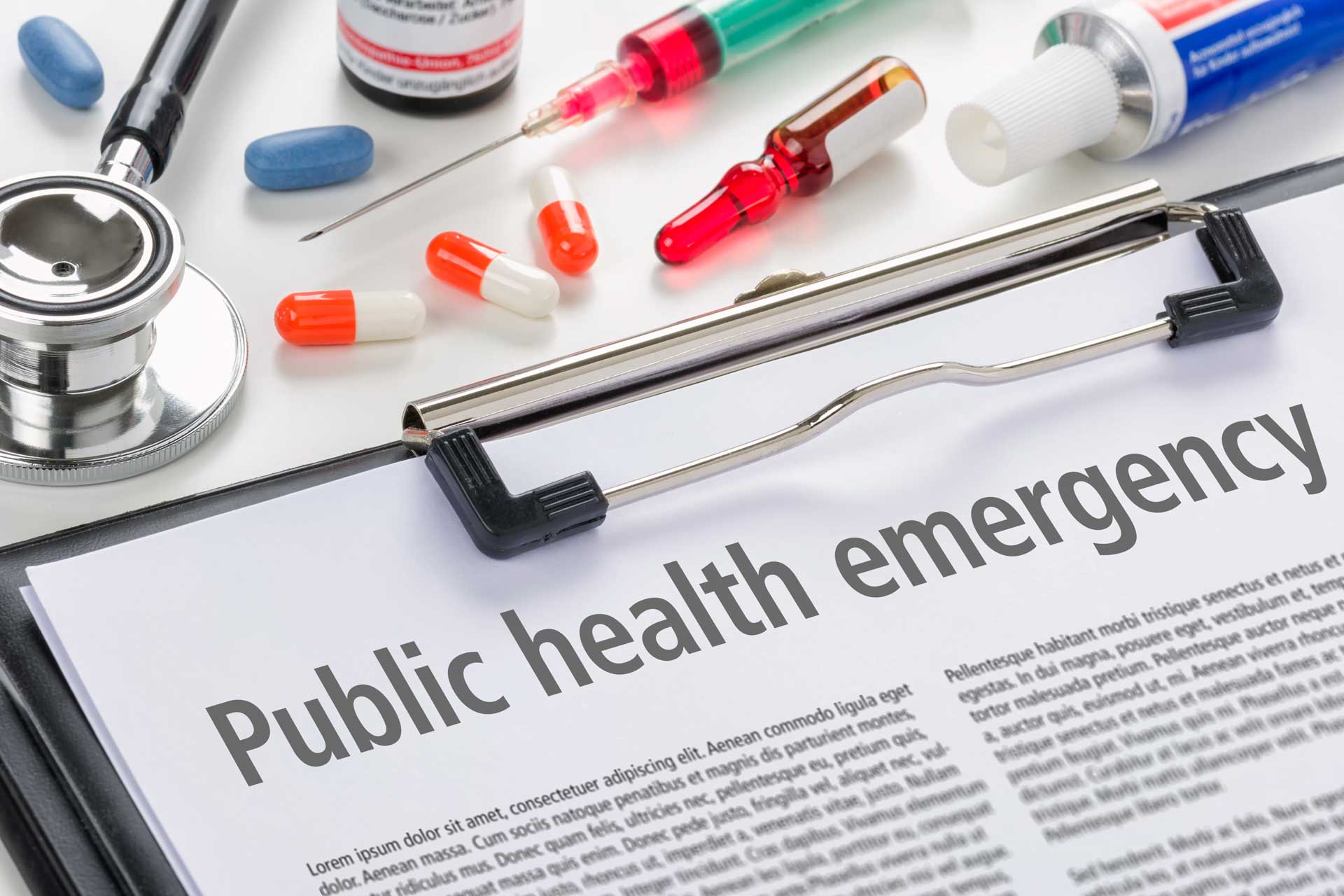
Last updated on March 21st, 2023
Is your organization ready to “unwind” from the Public Health Emergency (PHE) and address the potential impact, financial or otherwise?
Just about three years ago, the U.S. Government issued a nationwide emergency declaration due to COVID. At the end of the day, May 11, 2023, the U.S. PHE expires, along with many temporary changes to health insurance, coverage, and care. This will impact health care providers, insurers, pharmaceutical companies, pharmacies and certain retailers, employers that provide health care coverage, and individuals.
Along with the end of the PHE comes the end of Medicare coverage for free COVID tests and testing, as well as the extra 20% payment for COVID care in the hospital; Medicaid and CHP free testing and COVID treatment services with no cost-share (the latter starts the first calendar quarter one year following the end of the PHE); continuous enrollment in Medicaid (as of March 31); private health insurance free tests and testing services, as well as mandatory out-of-network coverage for both; enhanced federal funding to states (effective December 31); and more. (For more details, see “Key Flexibilities Triggered by Major Covid-19 Federal Emergency Declarations” at KFF.org.)
In February, the American Hospital Association sent a letter to U.S. Secretary of Health and Human Services Xavier Becerra asking the administration to consider PHE implications on our health care system’s stability. It noted, “The recent decision to sunset the COVID-19 public health emergency (PHE) is a testament to the progress we have made; however, as we prepare for that transition, we should not revert to care delivery as it was prior to the pandemic. Instead let us build on the lessons we have learned and the advancements in care delivery and access we have made. Let us use this crisis to create a more effective, equitable, patient-focused and stable health care system.”
During the PHE, health plans benefited from government coverage of COVID-related expenses, and relaxed HIPPAA and COBRA rules. Before the end of the PHE, they’ll have to negotiate with plan sponsors regarding how these expenses will be covered going forward, even as some prices are still being worked out (i.e., how much pharmaceutical companies will charge for vaccines and treatments). Finally, while significant premium increases didn’t materialize in 2023, there’s concern about the impact cost-shifting to insured patients may have in 2024.
GoodRx reports: “One of the most profound effects of the PHE ending is the potential number of people who will lose Medicaid coverage (5 million to 14 million according to some researchers and nearly 18 million according to the highest estimates).” (George, Cindy. “The End of the COVID-19 Public Health Emergency: What You Need to Know.” March 10, 2023. GoodRx.com.)
The U.S. Department of Health and Human Services (HHS) issued a roadmap for transition, highlighting what will change and what won’t with the PHE’s end. Among the changes is how lab results and immunization data will be reported. Once the PHE ends, the HHS won’t have the authority to require this reporting. The Center for Disease Control is encouraging states to continue sharing vaccine data. Also, hospital reporting will continue but likely at a lesser frequency.
The unwinding is occurring as the health industry faces an uncertain economic environment, supply chain issues, and the labor shortage, leaving questions about how all of this will impact demand for care; debt, liquidity and bond ratings; provider costs, cash, and funding; and more.
No doubt, all healthcare providers, health plans, employers offering coverage, and others will be on the receiving end of patient questions – and possible hostility – about coverage and cost changes. As noted on GoodHousekeeping.com, “It’s unclear just how expensive treating or preventing COVID-19 will be for most Americans currently — but a majority can expect to face new forms of co-pay for tests, treatment and medications starting in May.” (Krstic, Zee. “What Does the End of Covid Emergency Declarations Really Mean?” February 12, 2023. GoodHousekeeping.com.)
To prepare your organization for the unwinding, there are numerous resources available:
- gov Fact Sheet: COVID 19 Public Health Emergency Transition Roadmap
- American Hospital Association special bulletin outlining implications for hospitals and healthcare providers
- Kaiser Family Foundation (KFF) What Happens when COVID-19 Emergency Declarations End? Implications for Coverage, Costs, and Access and Implications for Ending the COVID-19 Public Health Emergency
- CMS Waivers, Flexibilities, and the Transition Forward from the COVID-19 Public Health Emergency | CMS
- New York State of Health Communications Toolkit and County Fact Sheets: Unwinding the PHE
- State Outlines Plans for Medicare Beneficiary Recertification: Leading Age New York
- Telehealth policy changes after the COVID-19 public health emergency | Telehealth.HHS.gov
Many variables will impact/determine the financial implications of the PHE ending on your organization. As with any legal matter, it’s always best to consult your legal counsel for advice and direction. At the same time and as part of your unwinding activities, you may want to evaluate data on hand to determine the potential financial impact. RBT is here to help guide you through the accounting and tax implications you may want to consider as part of your strategy. Give us a call today.
